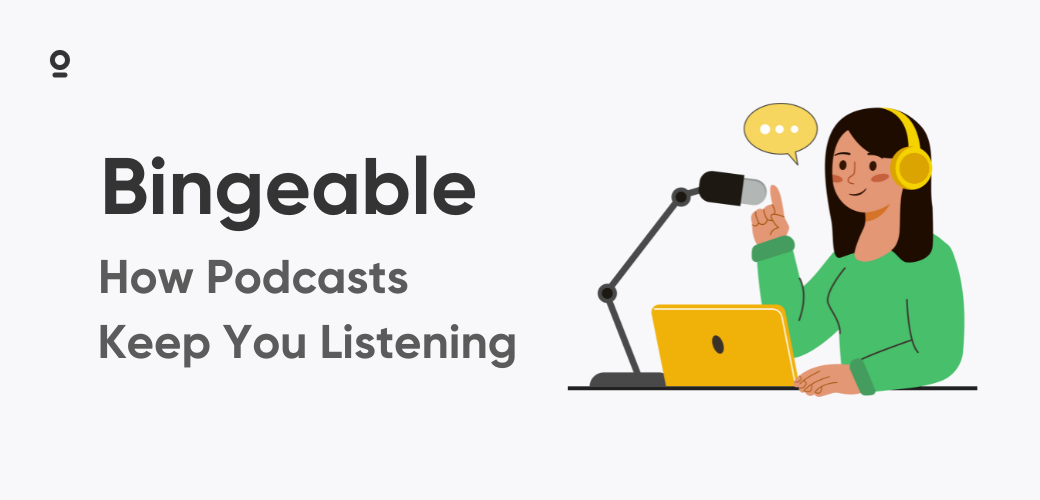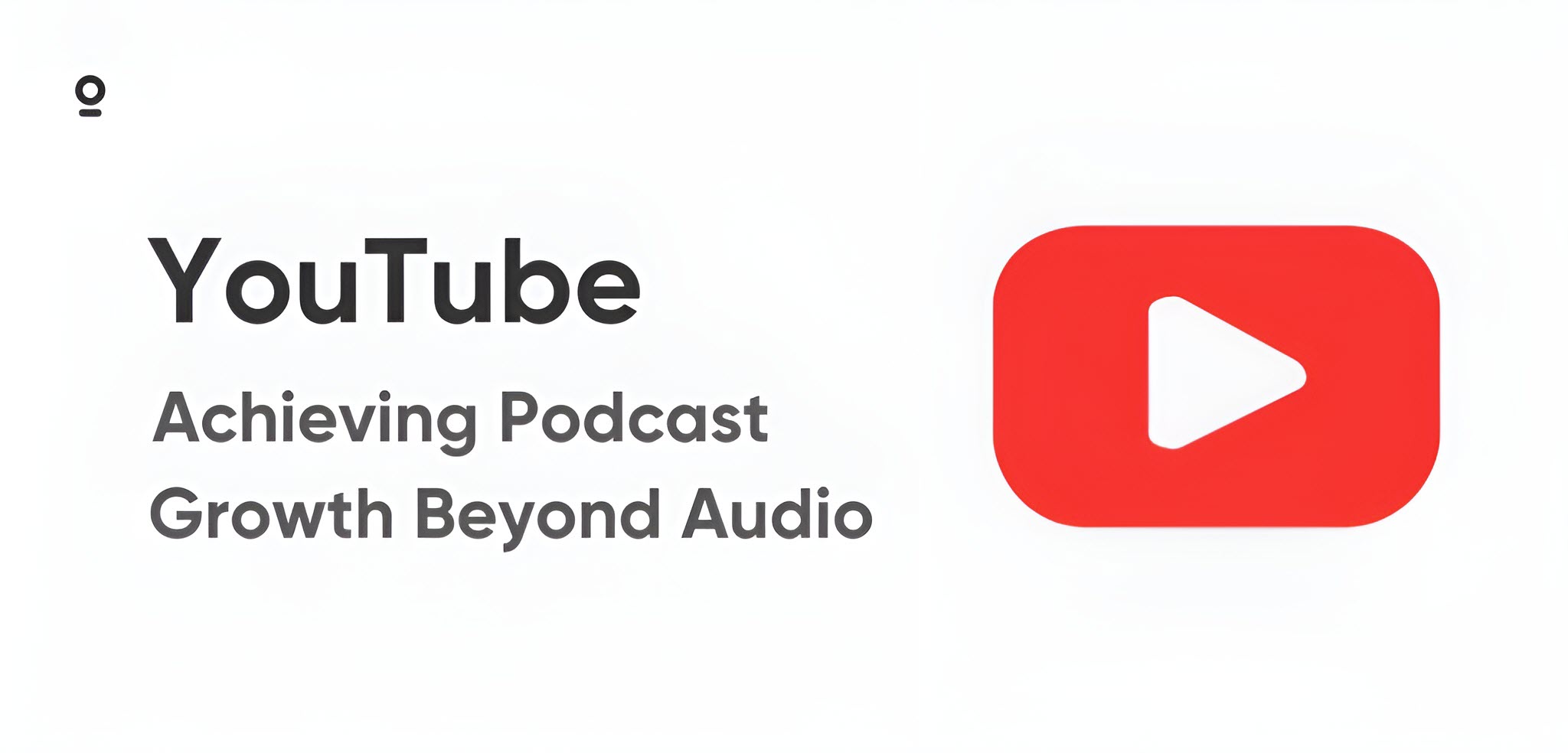The podcasting field has become more competitive than ever. High-quality production isn't optional anymore - it's essential for standing out. Macs continue to be the go-to choice for many creators thanks to their stability and audio performance. Finding the right sound editing software for Mac can transform rough recordings into engaging content that keeps listeners coming back. With so many options available, from free tools to professional suites, this guide will help you navigate the Mac audio landscape in 2025.
Why Mac Remains Popular for Audio Work
Macs handle audio tasks exceptionally well. The Core Audio framework built into macOS provides reliable, low-latency recording without the glitches that plague other systems. Apple Silicon processors make even complex editing sessions run smoothly on portable machines.
Compatibility issues are also less common on Mac. Many audio developers prioritize the platform, knowing that creative professionals gravitate toward Apple hardware. This means fewer headaches when installing plugins or sharing projects with collaborators.
Key Features That Matter for Podcast Editing
Before diving into specific sound editing software for Mac recommendations, let's talk about what actually makes a difference in your editing workflow:
Multitrack Editing
Recording each voice on a separate track gives you incredible control. You can adjust levels, remove background noise, and fix mistakes without affecting other speakers. This becomes crucial when a guest coughs during the host's best question or when different speakers have wildly different volume levels.
Noise Removal
Background noise creeps into even careful recordings. Air conditioning, computer fans, street traffic - these distractions pull listeners out of your content. Good noise reduction tools can salvage recordings made in less-than-ideal environments.
Voice Enhancement
Podcast voices should sound clear and present. EQ helps voices cut through, compression evens out volume fluctuations, and de-essing tames harsh "s" sounds. The right software makes these adjustments straightforward.
Efficiency Tools
When you're editing hours of content, small workflow improvements add up fast. Look for features like ripple delete (where cuts automatically close gaps), keyboard shortcuts, and batch processing.
Free & Low-Cost Options
GarageBand
Already installed on your Mac, GarageBand offers surprising capability for podcast editing. It handles multitrack recording, includes basic noise reduction, and offers simple voice enhancement presets.
Its limitations become apparent in more complex projects. You can't easily edit out "ums" and "ahs" across multiple tracks, and noise reduction options are basic. Still, many successful shows start here before upgrading to more robust tools.
Audacity
This free, open-source editor runs on virtually any Mac. Audacity excels at noise reduction - its cleanup algorithms sometimes outperform paid alternatives. The waveform editing tools make precise cuts easy.
The interface feels dated, and its destructive editing approach means changes are permanent (unlike non-destructive editors where original audio remains untouched). Despite these drawbacks, Audacity remains popular for its power-to-cost ratio.
Ocenaudio
Less known but remarkably capable, Ocenaudio offers a cleaner interface than Audacity while maintaining simplicity. It shows real-time previews of effects, making it easier to dial in the right amount of processing.
While limited to single-track editing, it works perfectly for cleaning up individual files before assembling them elsewhere. For quick edits, it's hard to beat.
Mid-Range Solutions
Descript
Descript changed the podcast editing game by turning audio into text. You edit the transcript, and the audio follows automatically. Delete filler words with a click, fix mistakes by typing corrections, and rearrange content by moving paragraphs.
The software also includes impressive AI features that automatically remove silences, balance levels between speakers, and even generate realistic voice doubles for fixing mistakes without re-recording.
Hindenburg Journalist Pro
Built specifically for broadcast audio, Hindenburg Journalist Pro automates technical tasks so you can focus on storytelling. It automatically balances levels between voices, applies appropriate compression, and maintains consistent loudness.
The voice profiling feature learns how your regular speakers should sound and applies consistent processing automatically. For interview-heavy shows, this specialized tool dramatically speeds up production.
Reaper
Don't let the modest price fool you - Reaper rivals professional DAWs in capability while costing a fraction of the amount. Its customizable interface can be tailored specifically for podcast workflows.
The learning curve is steeper than podcast-specific tools, but the flexibility pays off for those producing more complex shows. Reaper handles dozens of tracks with minimal CPU load, making it perfect for narrative podcasts with layered sound design.
Professional-Grade Options
Logic Pro
Apple's professional DAW builds on GarageBand's foundation with vastly expanded capabilities. Logic Pro excels at both technical tasks (cleaning up audio, precise editing) and creative work (scoring, sound design). Many music producers consider it top rated music recording software due to its extensive instrument library and powerful editing features.
For Mac users already familiar with GarageBand, Logic offers a natural upgrade path. The one-time purchase price also looks increasingly attractive compared to subscription-based alternatives.
Adobe Audition
Audition specializes in audio restoration. Adobe Audition's spectral display visualizes sound in exceptional detail, allowing you to identify and remove specific noises while preserving surrounding audio. This proves invaluable when working with recordings from noisy environments.
Integration with other Adobe products makes Audition the clear choice for podcasters who also produce video content. The subscription model is the main drawback for occasional users.
Pro Tools
The industry standard in professional audio production, Pro Tools handles everything from simple interviews to complex audio productions. Its editing precision and mixing capabilities remain benchmarks against which other DAWs are measured.
Consistently ranked as top rated music recording software in professional studios, Pro Tools offers unmatched compatibility when collaborating with other audio professionals. The learning curve is substantial, and the subscription pricing isn't kind to hobbyists. For professional podcast networks producing multiple shows, however, the investment makes sense.
How Zencastr Simplifies the Entire Process
While editing software improves your recordings, starting with high-quality audio makes the biggest difference. Zencastr tackles the hardest part of modern podcasting - capturing clear, separate tracks from remote guests.
Unlike video conferencing tools repurposed for podcasting, Zencastr was built specifically for remote audio production. It records each participant locally, eliminating the quality problems caused by internet connection issues. When the conversation ends, you get pristine, separate tracks ready for editing in your sound editing software for Mac of choice.
Zencastr's automatic post-production can handle common tasks like leveling, noise reduction, and even filler word removal. For straightforward episodes, these tools might eliminate the need for extensive editing altogether. When more detailed work is needed, the clean separate tracks import perfectly into any Mac editing application.
The platform also includes transcription, making it easier to plan your edits before opening your DAW. By solving the recording challenges upfront, Zencastr dramatically simplifies the editing process regardless of which Mac software you ultimately choose.
Choosing What Works for Your Show
With so many options, how do you decide? Consider these factors:
- Budget: Free tools can produce professional results, but paid options often save time through workflow efficiencies.
- Technical comfort: Some editors prioritize simplicity, while others offer extensive customization.
- Production style: Interview shows have different needs than heavily produced narrative podcasts.
- Time constraints: If editing time is limited, prioritize tools with automation features.
Many podcasters use different tools for different situations or stages of production. You might record with Zencastr, clean specific audio problems in Audacity, and assemble the final episode in Logic Pro.
The best approach combines tools that optimize each stage of your workflow while fitting your budget and technical abilities. As your podcast grows, you can gradually upgrade specific components of your production chain.
Moving Forward with Confidence
The podcast editing landscape continues to evolve, with AI tools making professional-quality production more accessible than ever. Whether you're using free applications or professional suites, today's sound editing software for Mac offers capabilities that once required dedicated studios.
By choosing tools that match your specific needs, you can focus on what really matters - creating compelling content that connects with listeners. After all, even perfect audio quality can't save boring content, but poor audio quality can definitely ruin great content.
Ready to streamline your podcast production? Zencastr offers high-quality recording that pairs perfectly with any Mac editing software, giving you studio-quality results without the technical headaches.







